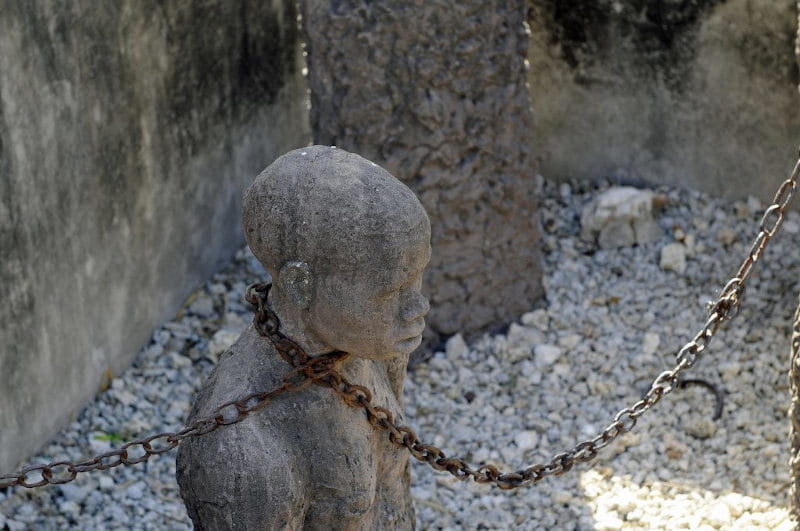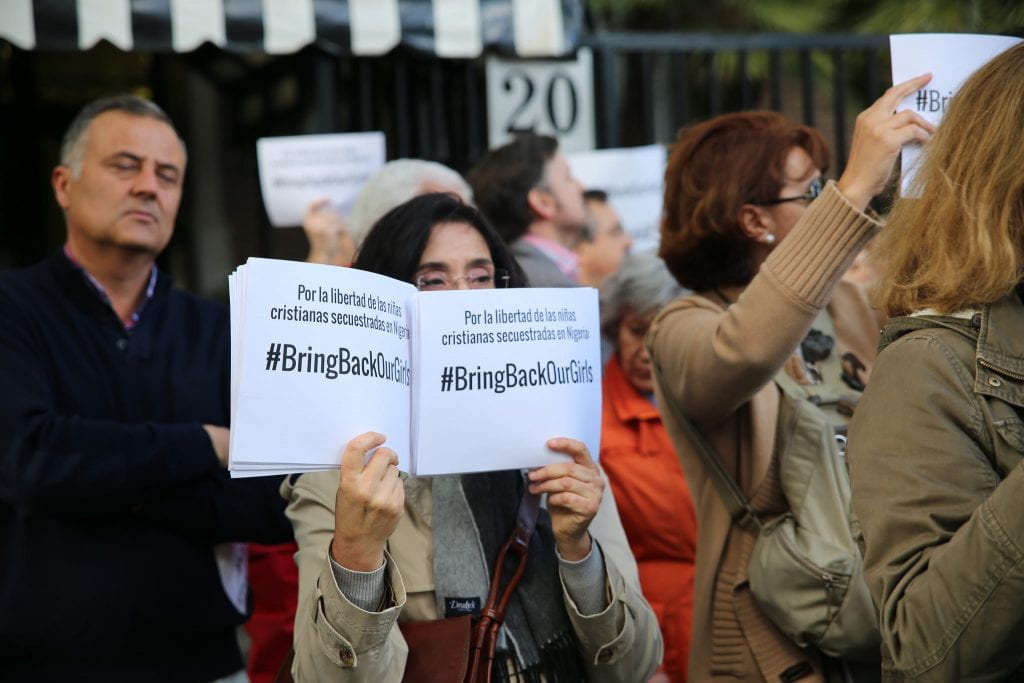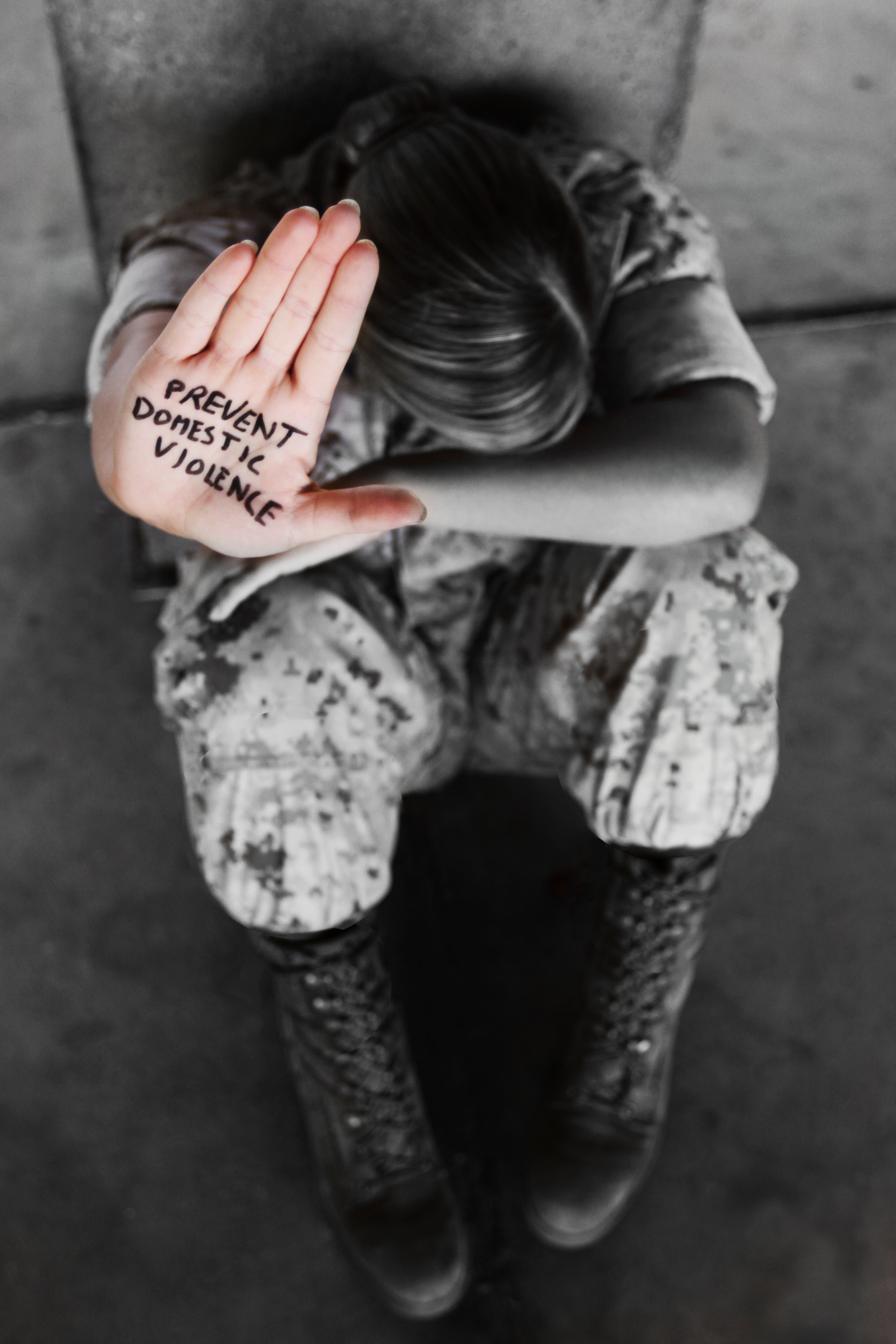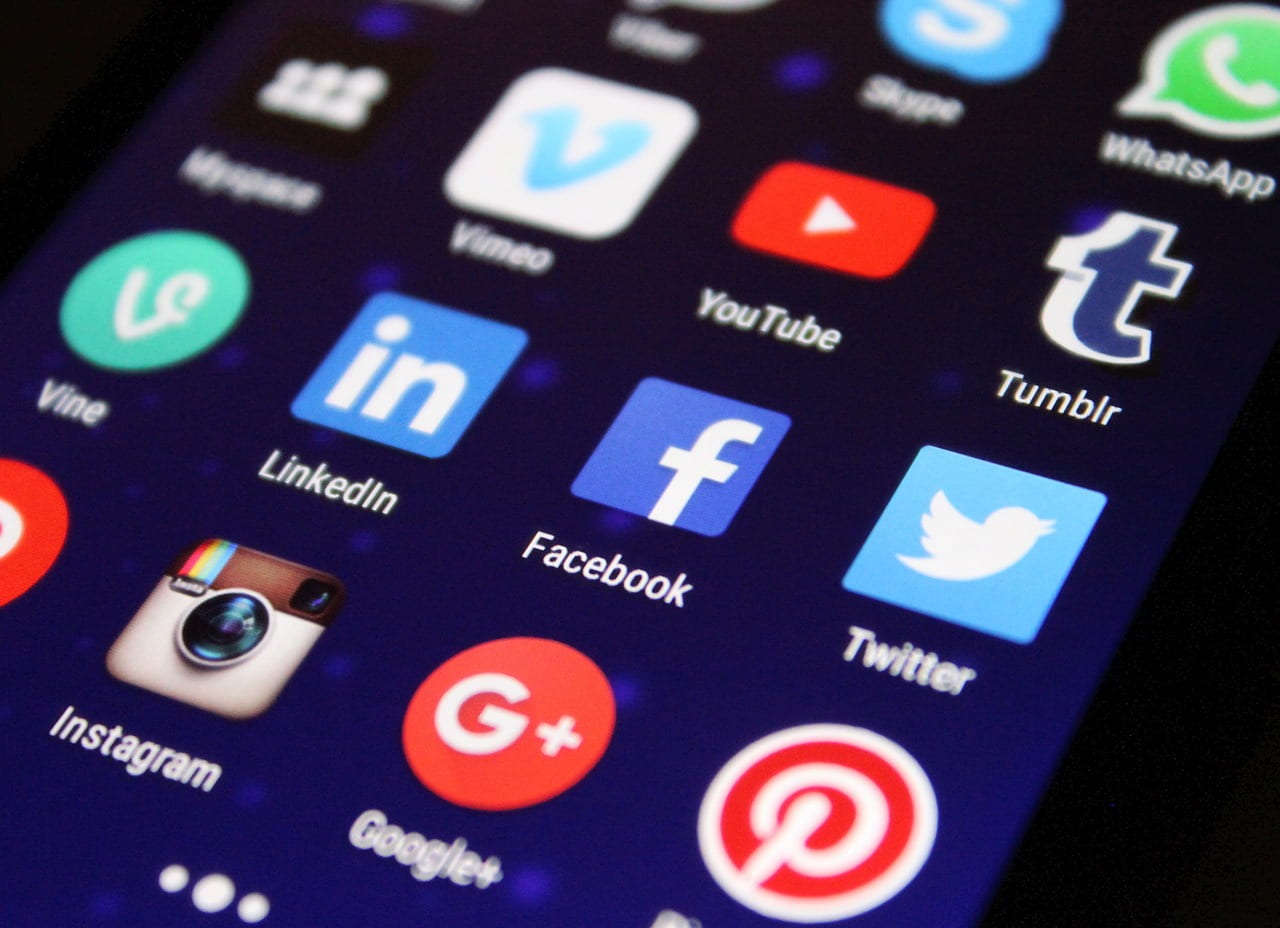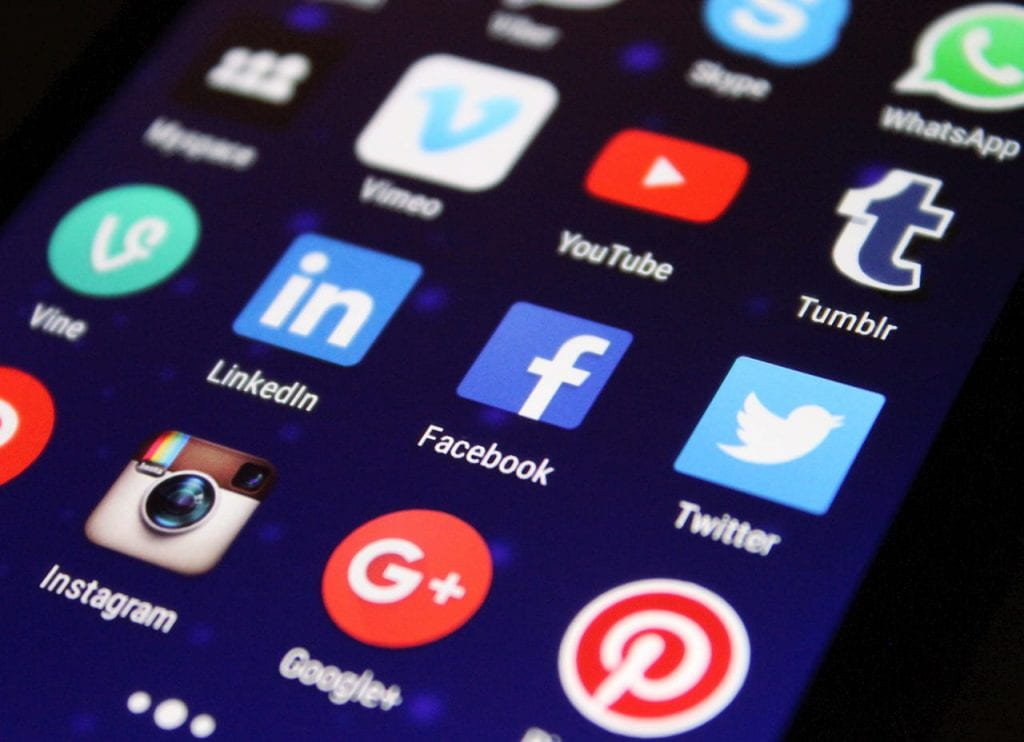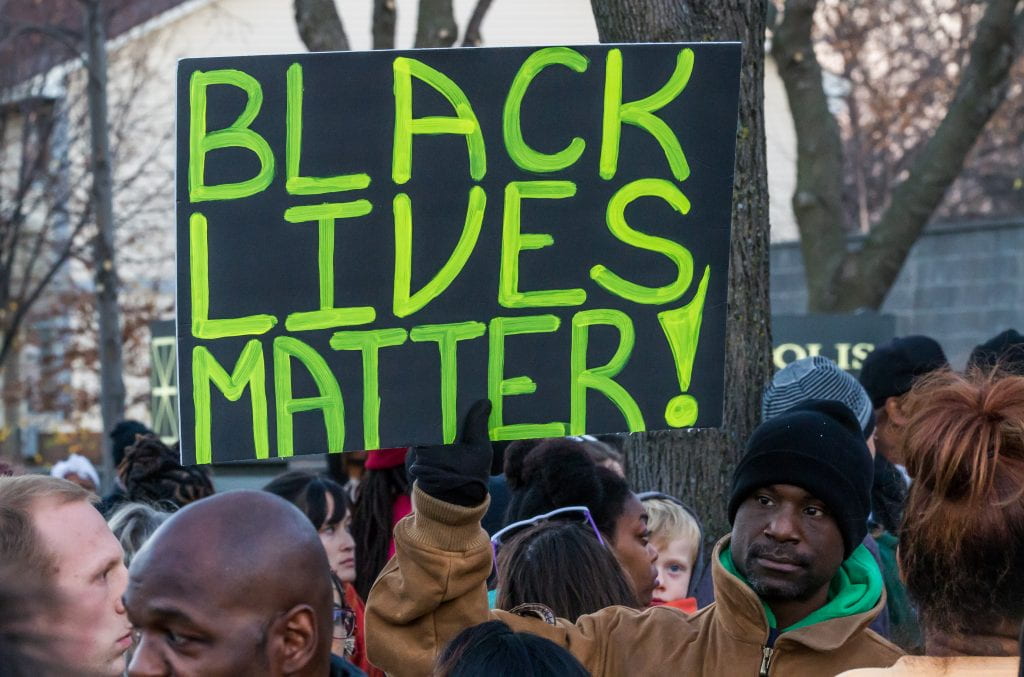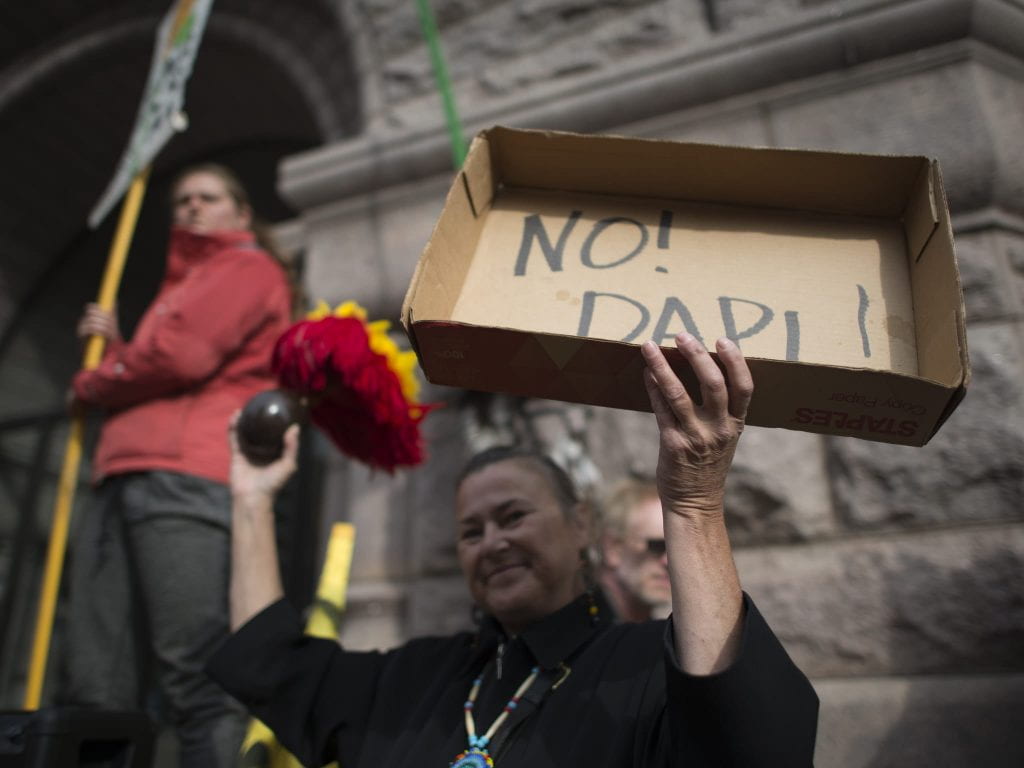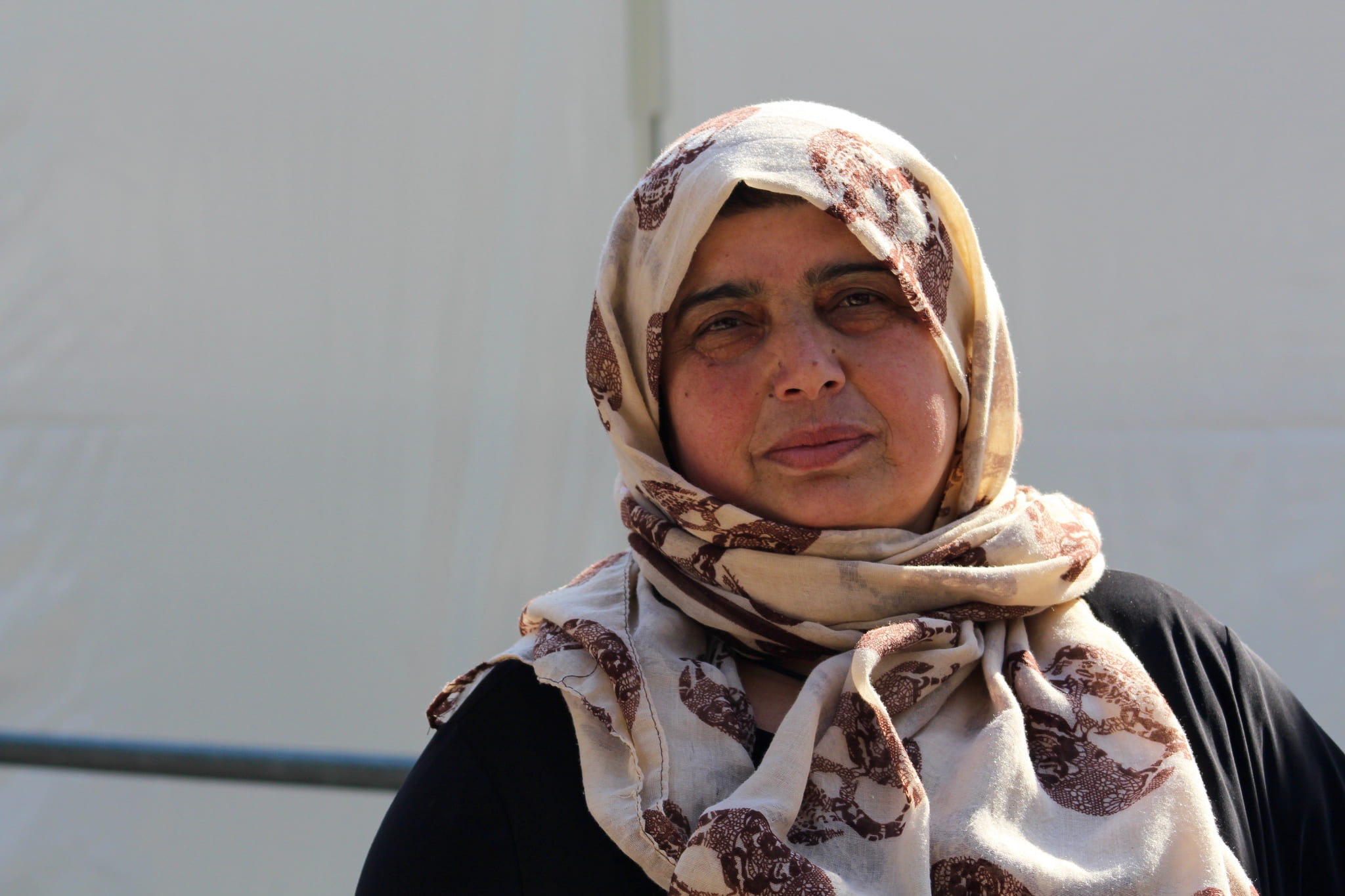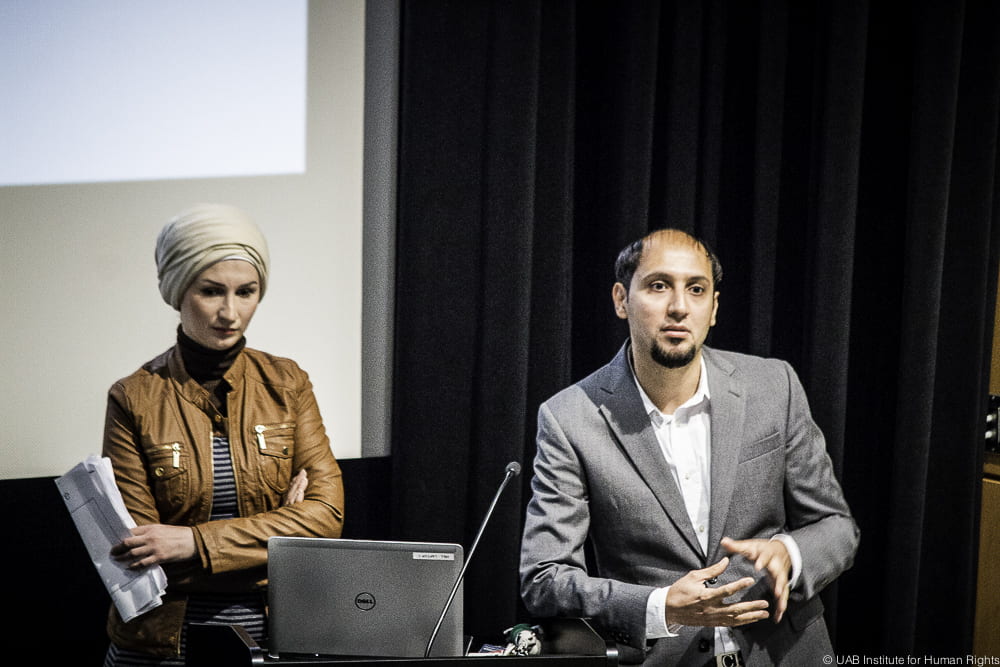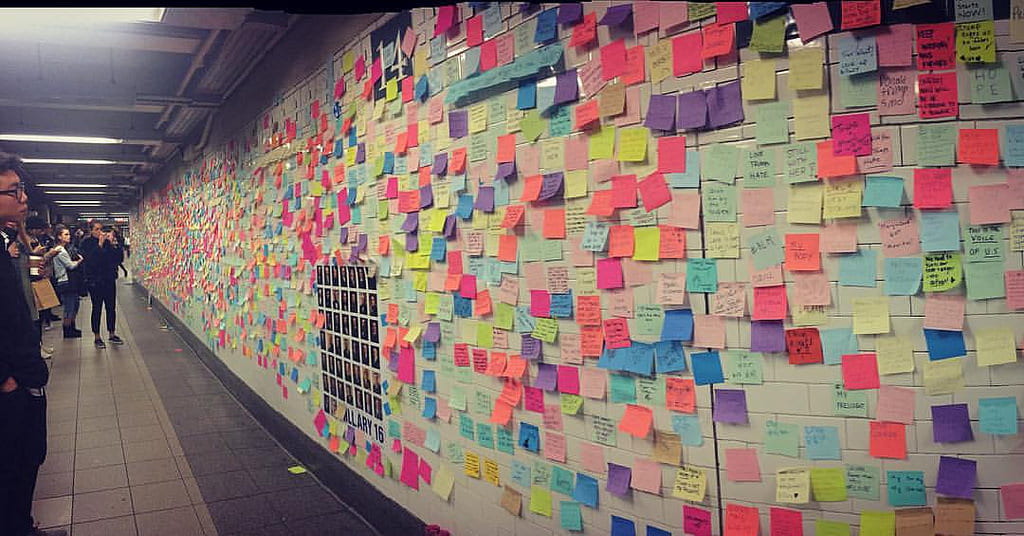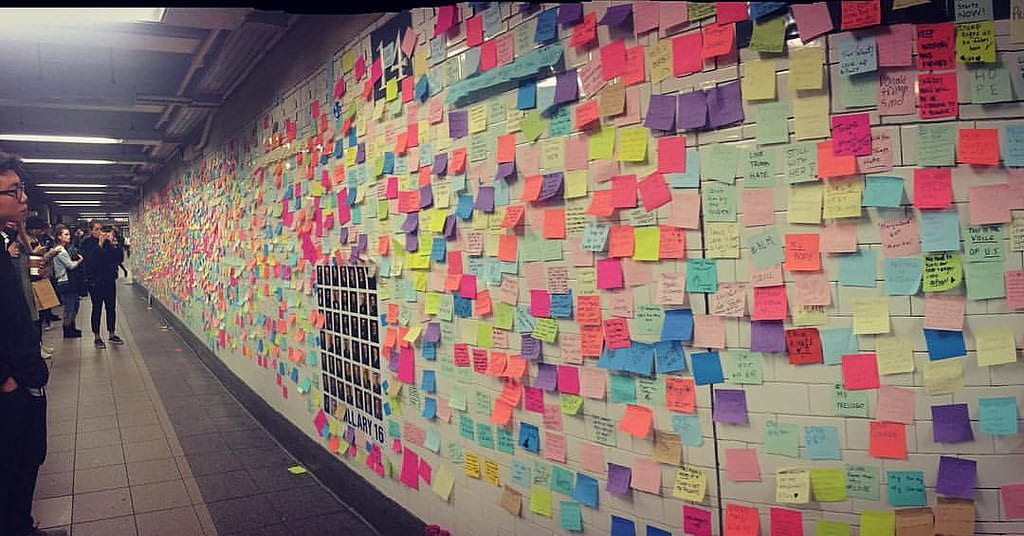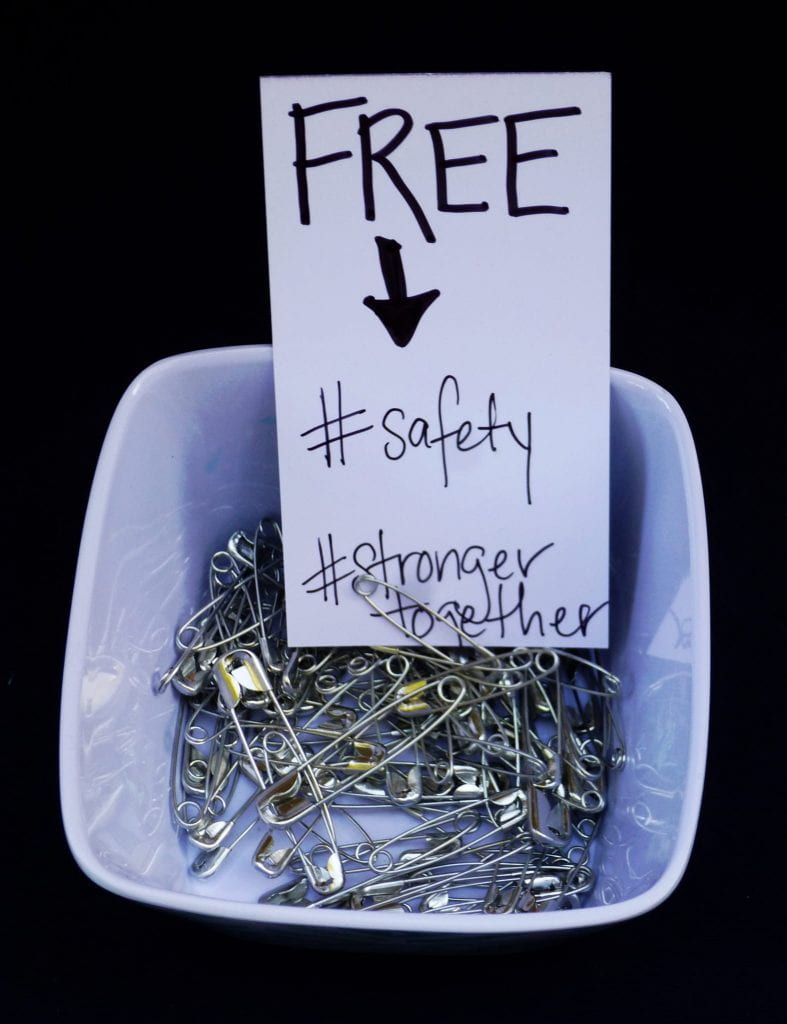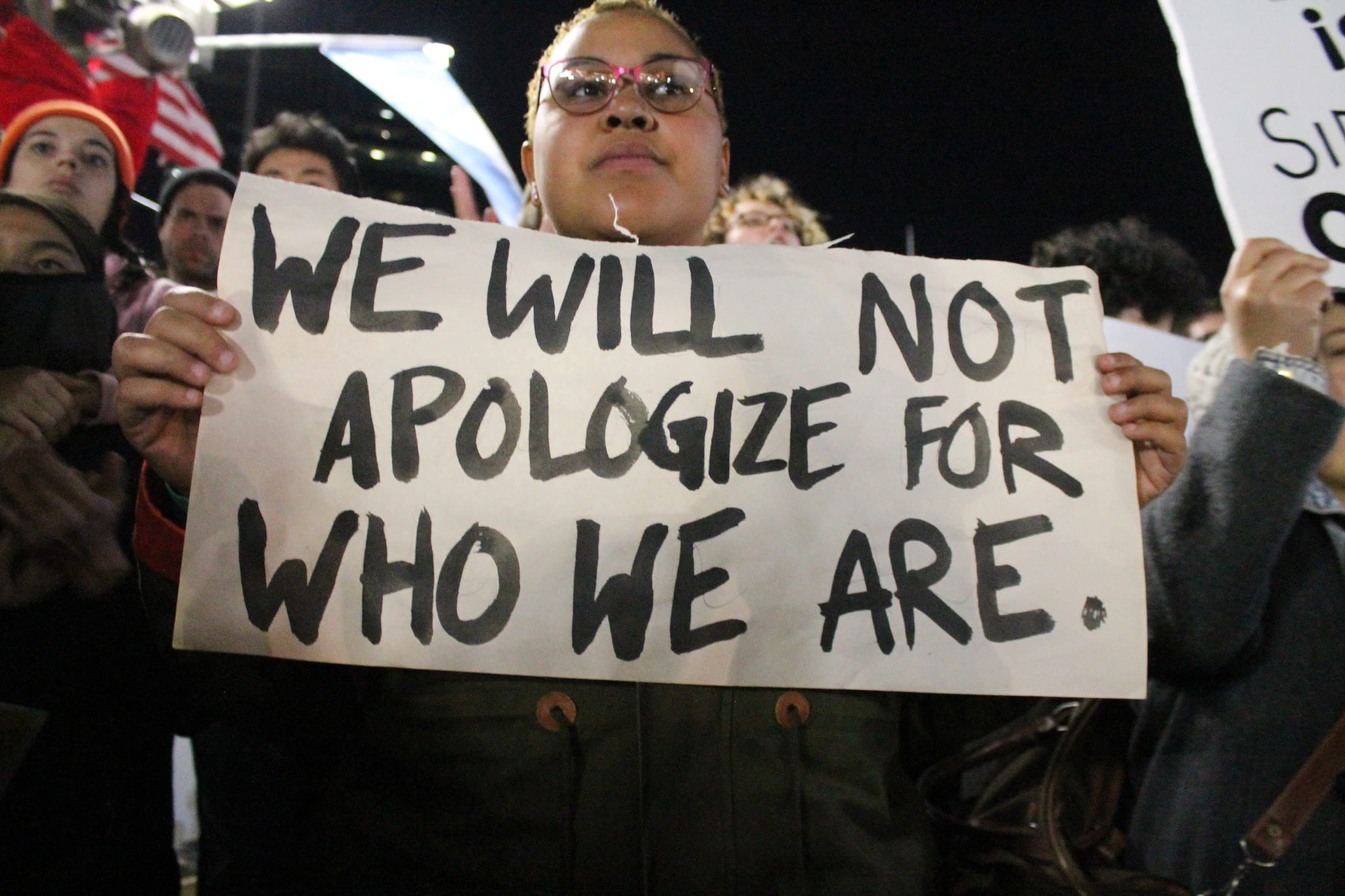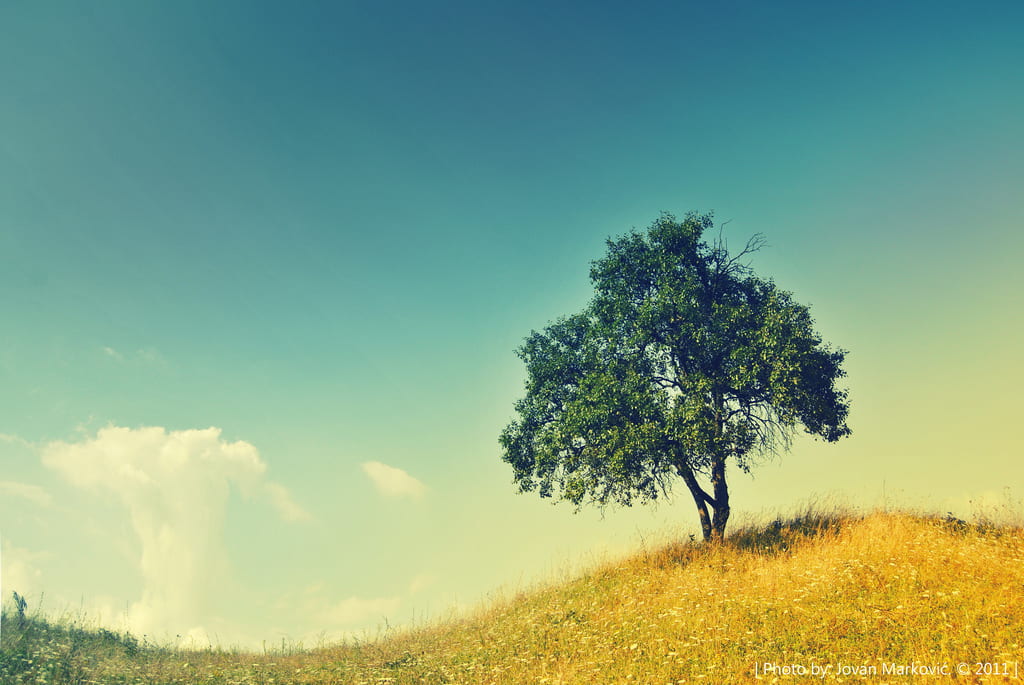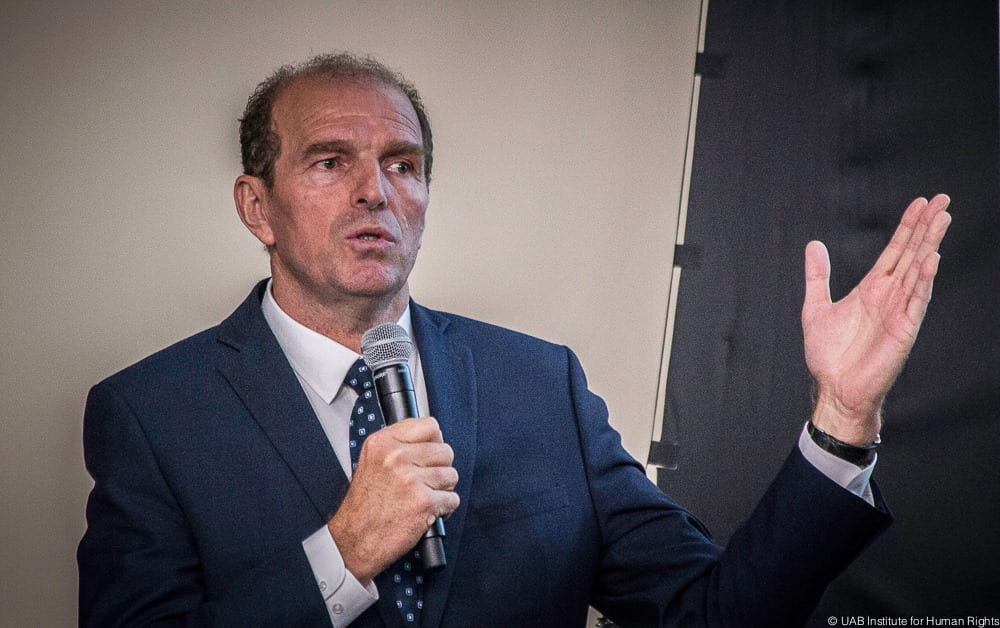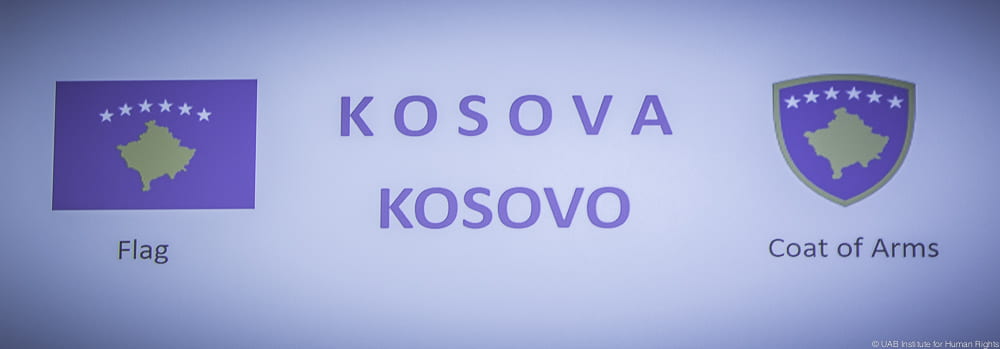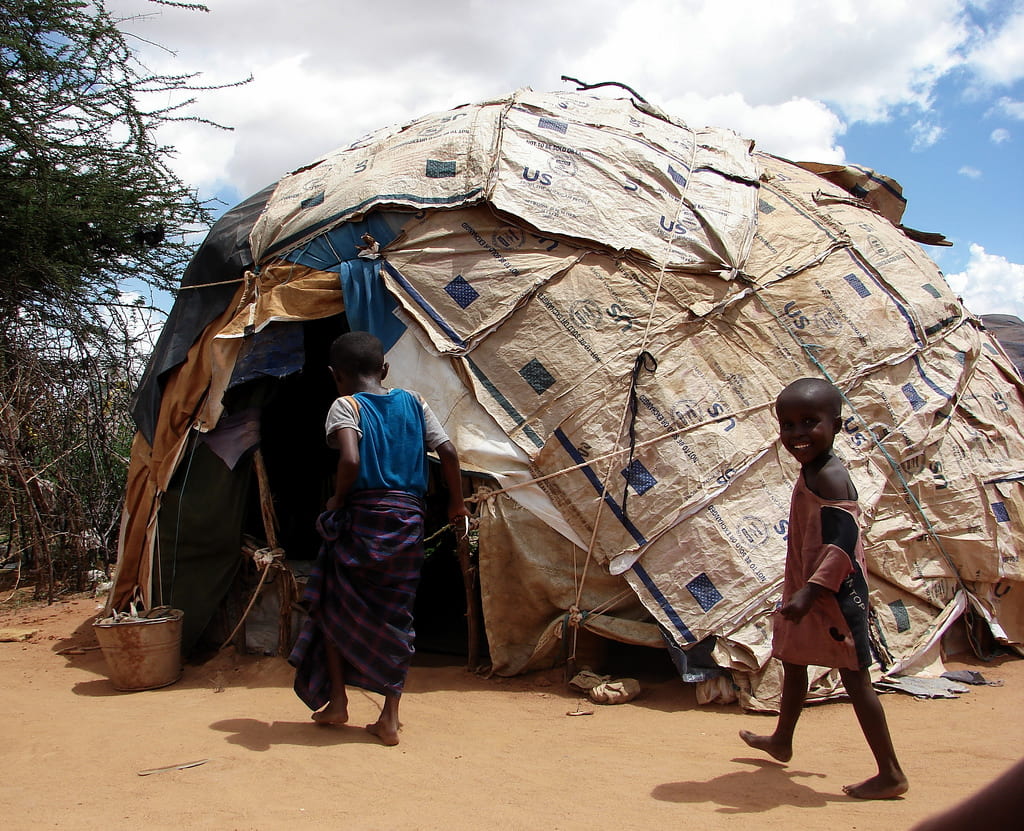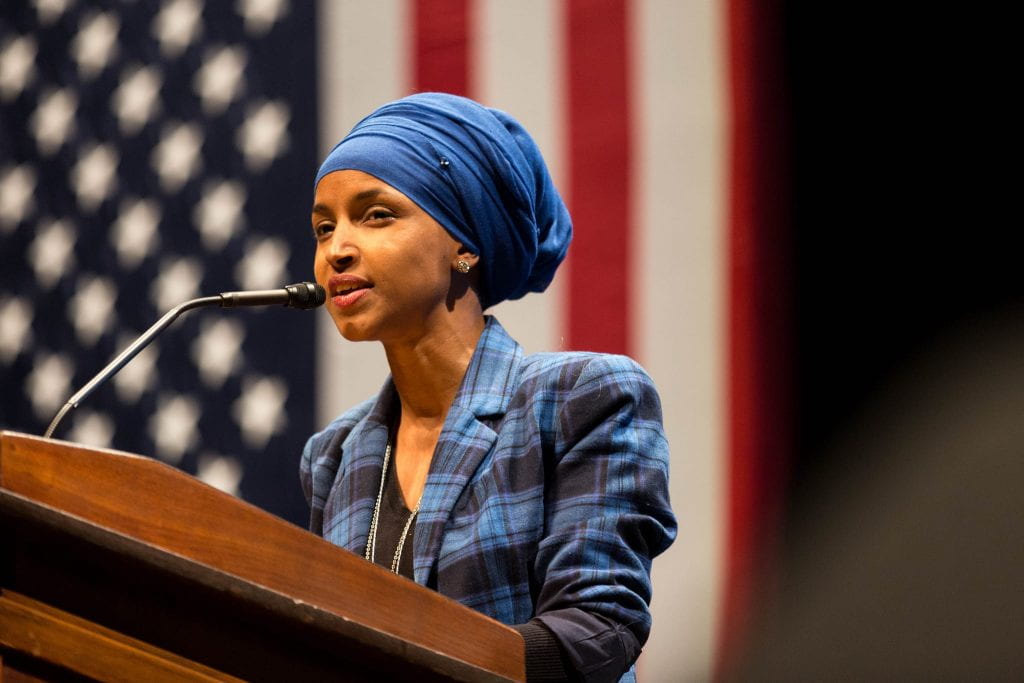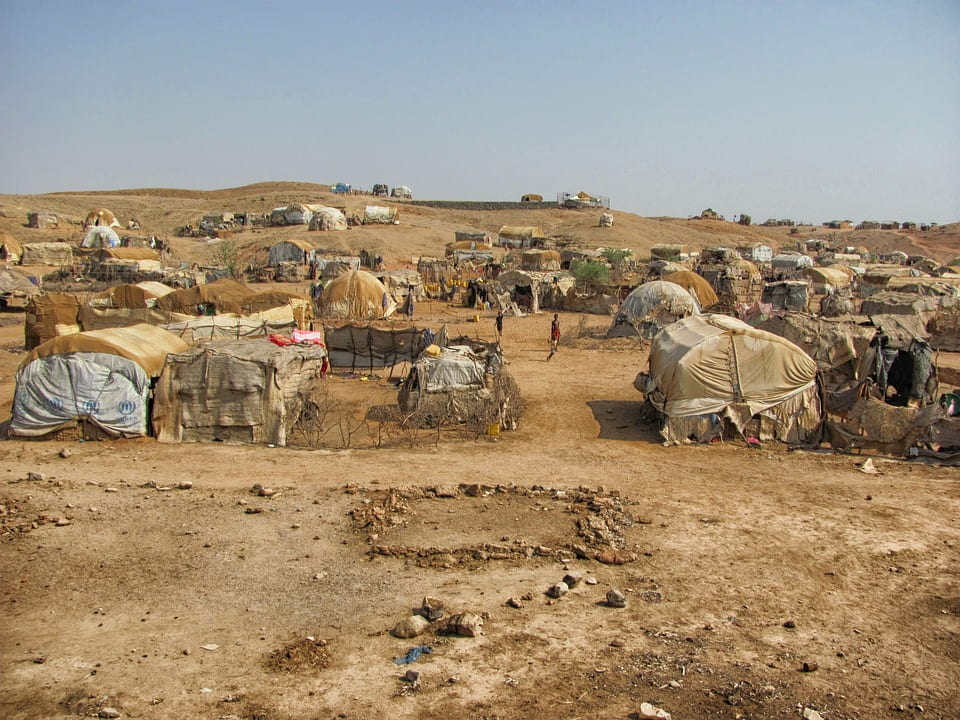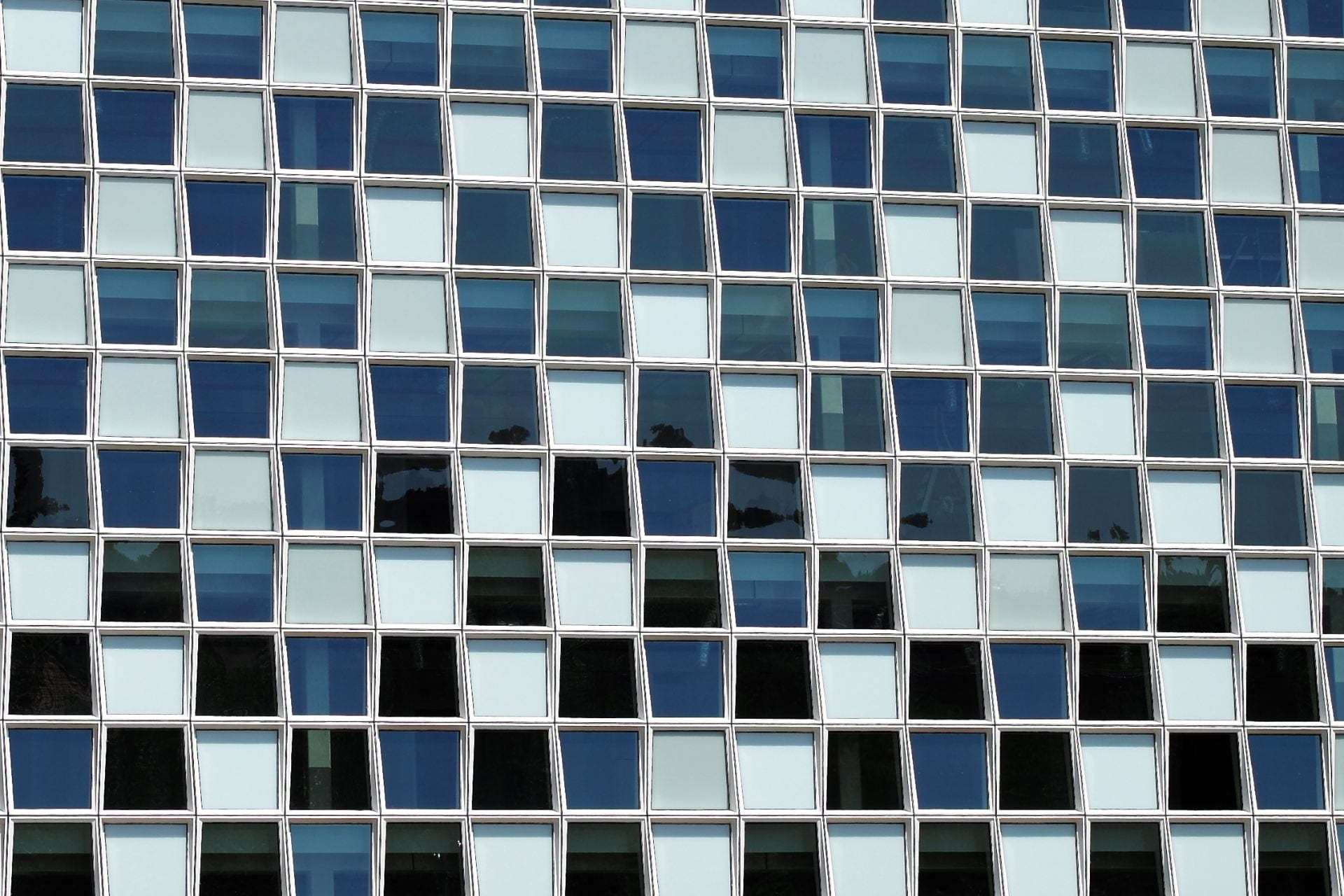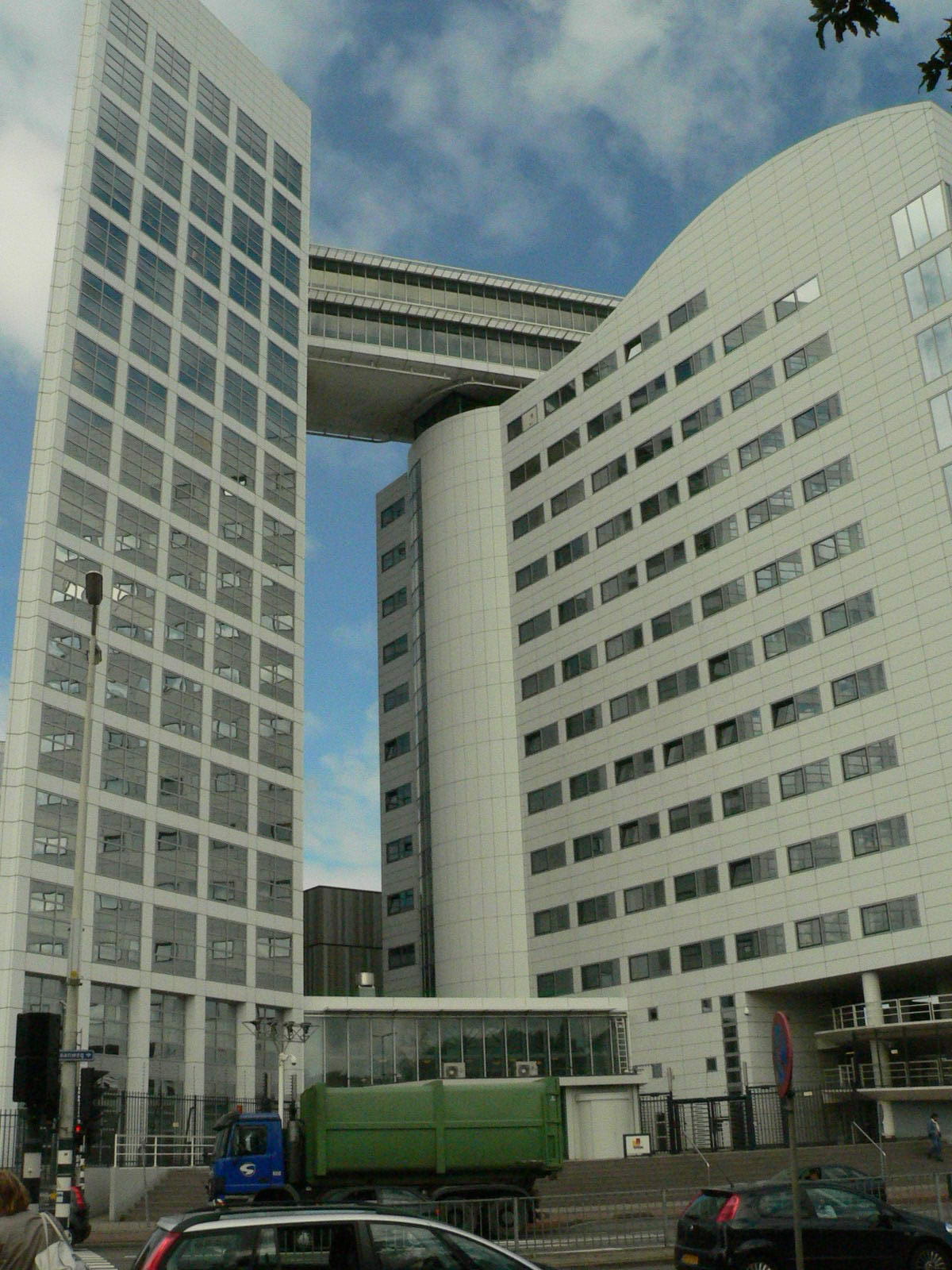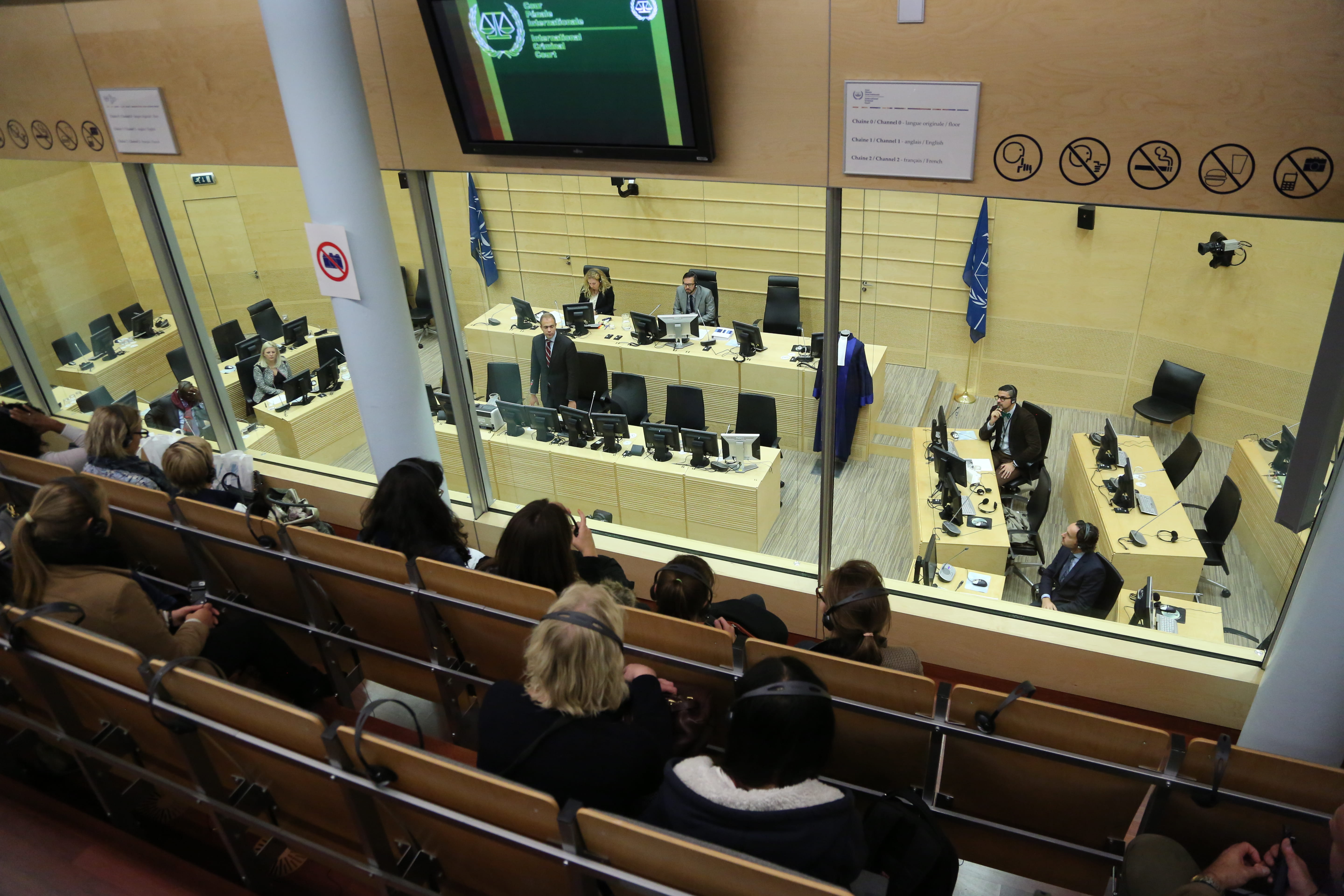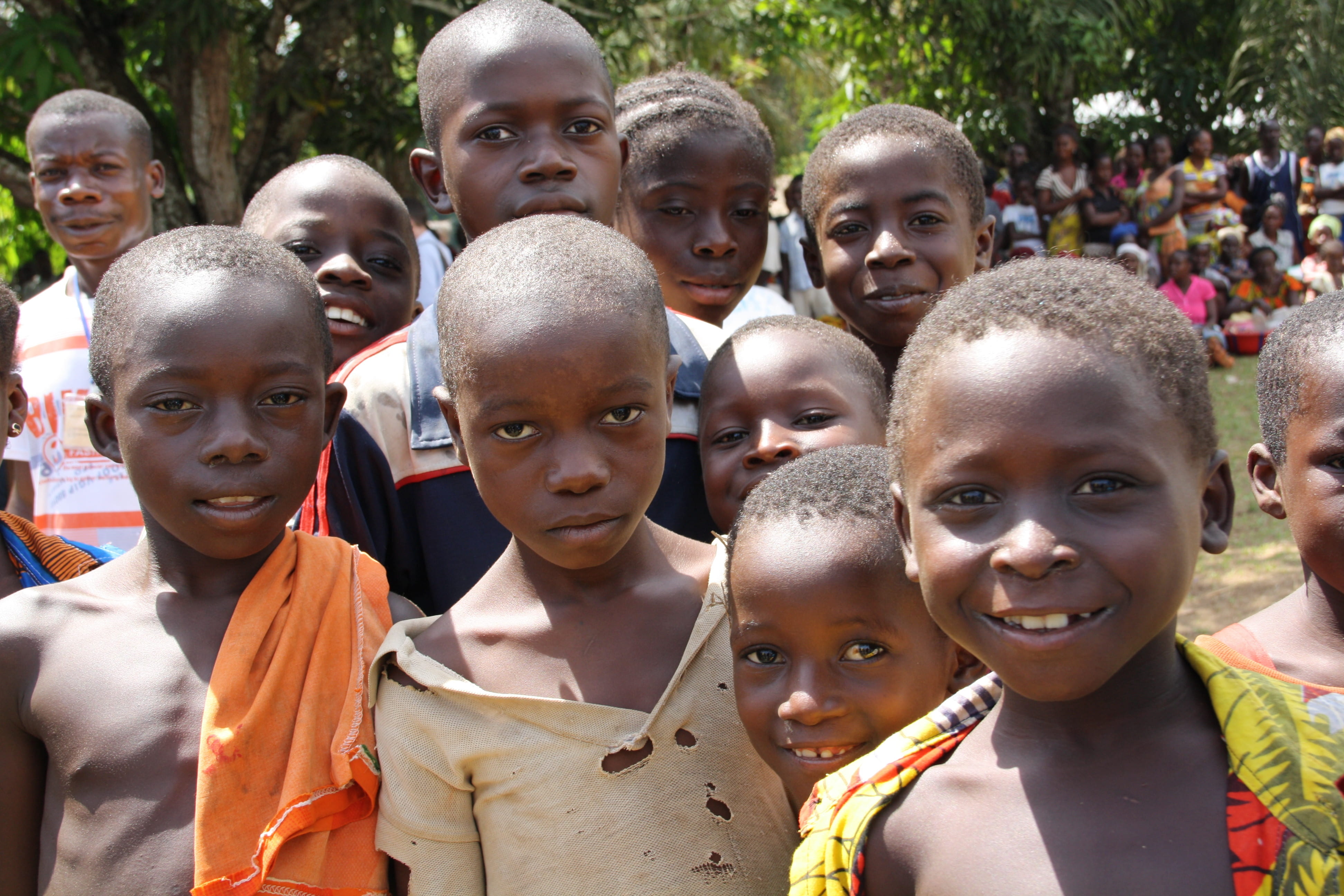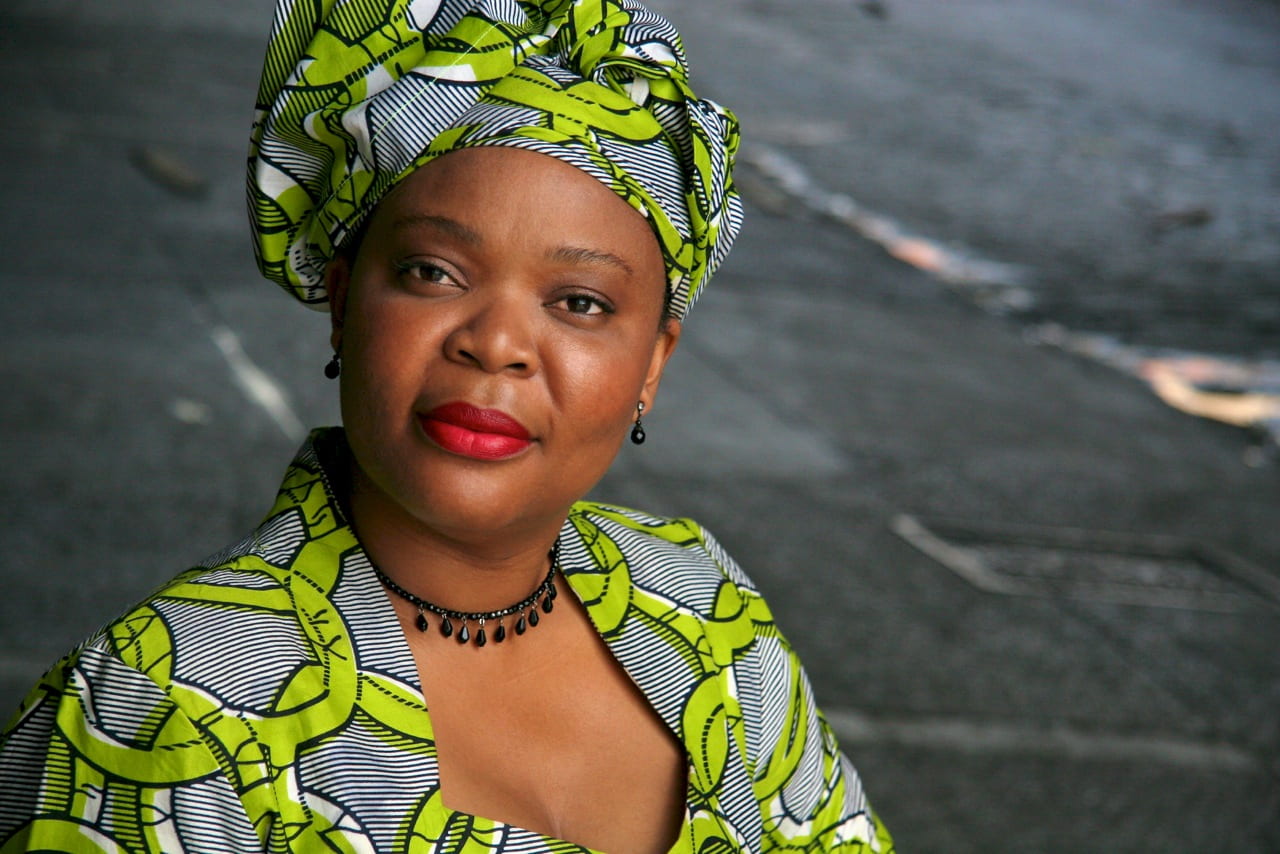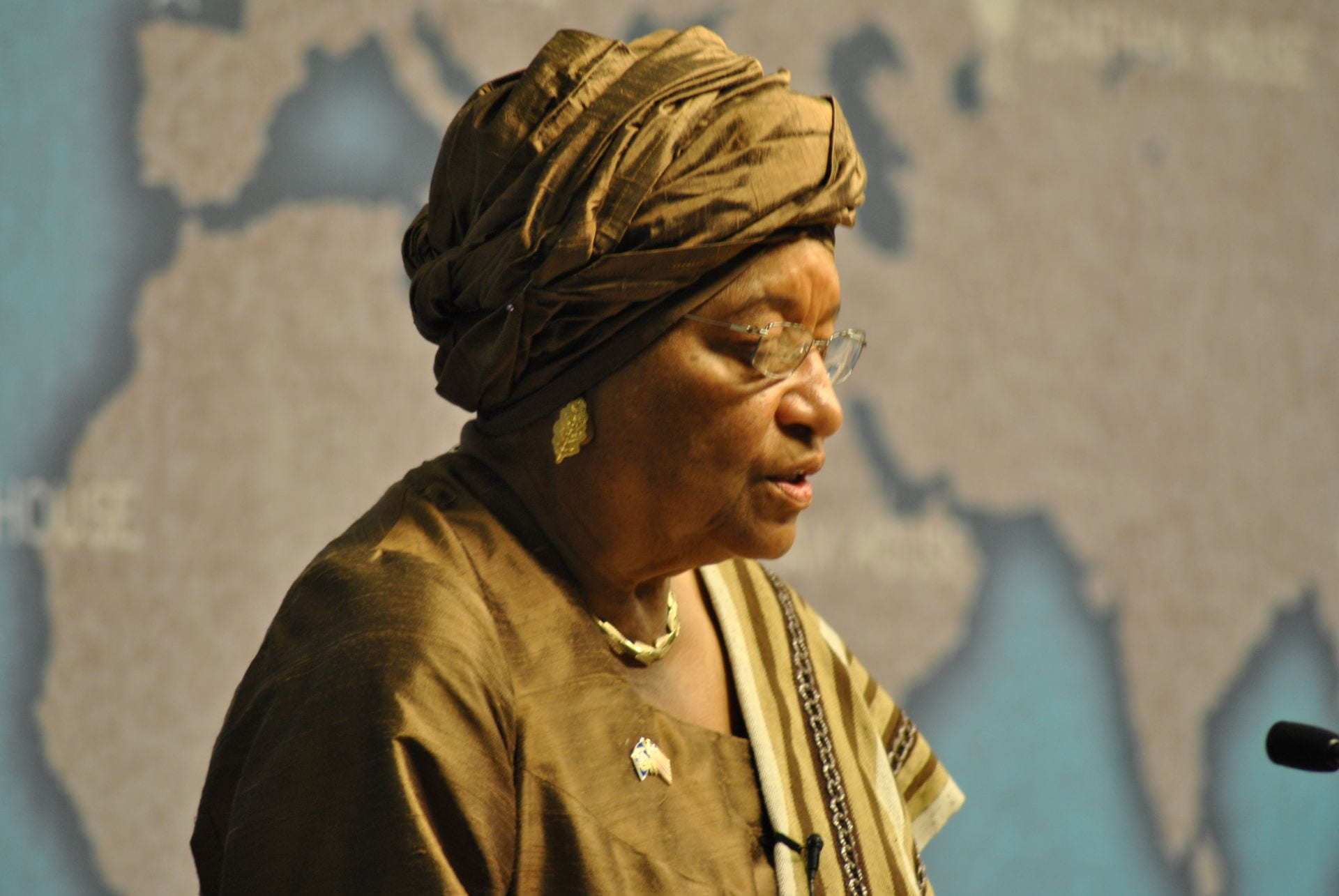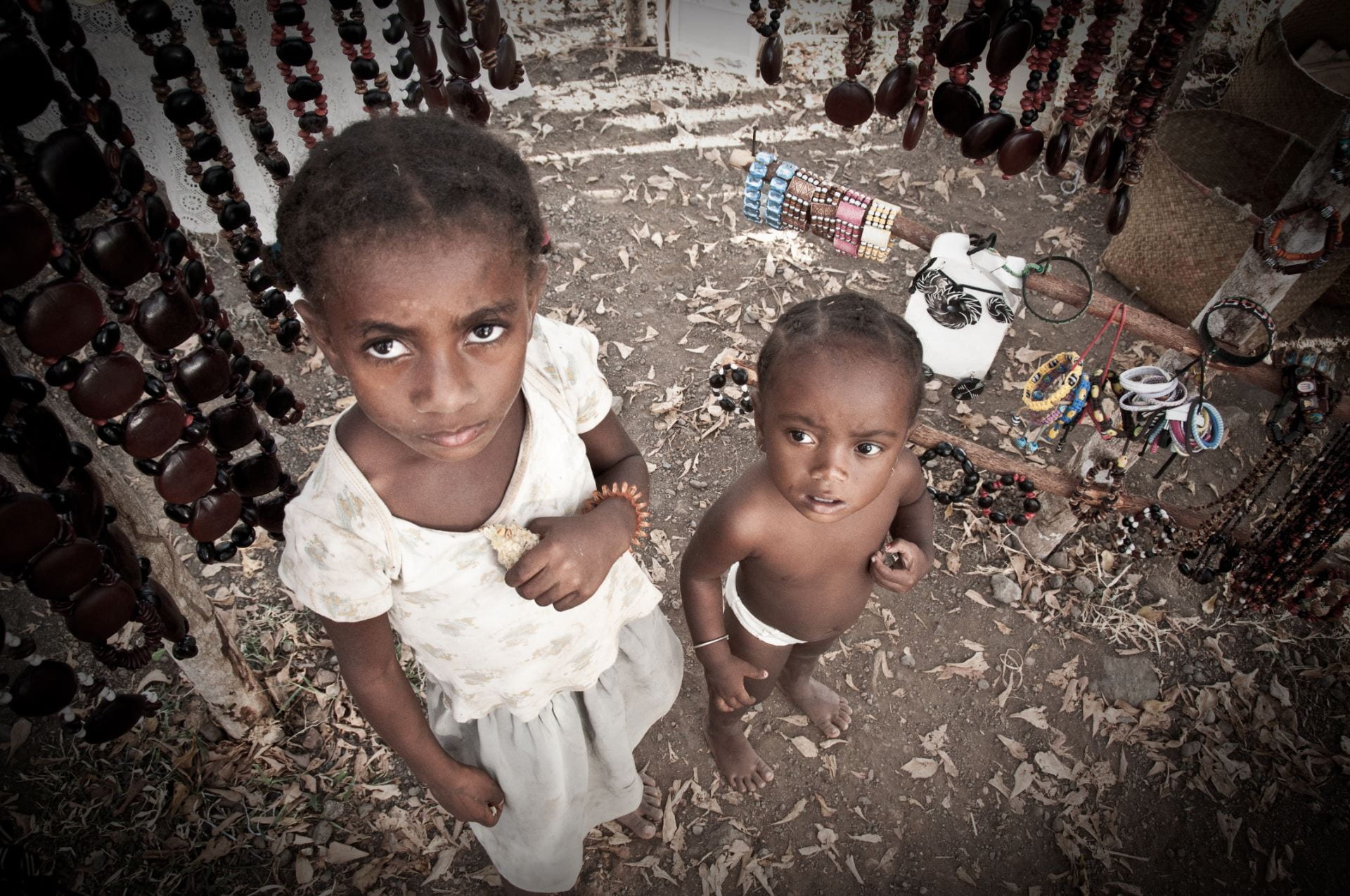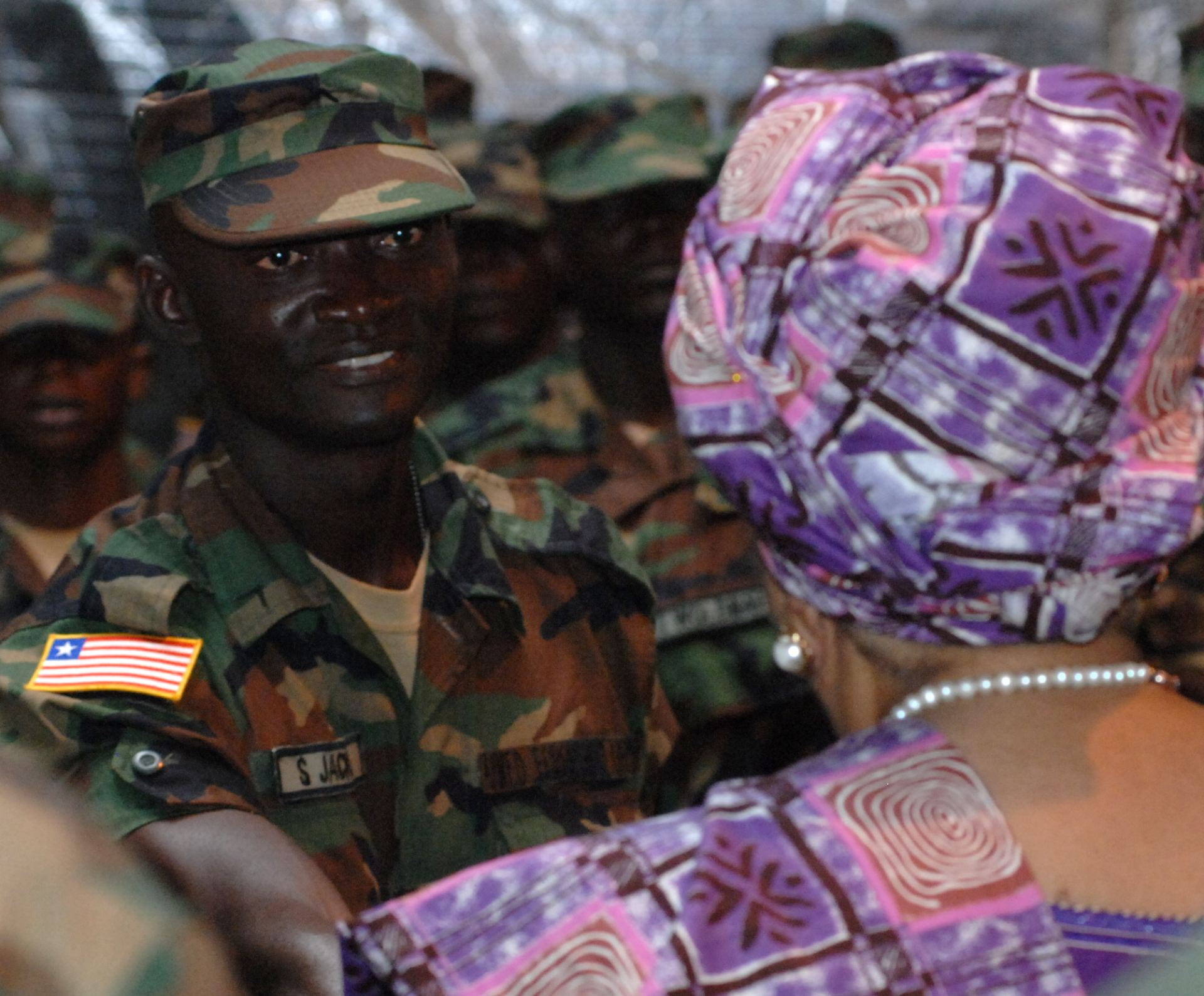
Dear Dr. King,
Earlier in the week as a nation, we celebrated your life and legacy. Your mantle—the principled ethic of human and civil rights, has bolstered a new cohort of activists and advocates across the age spectrum to pursue nonviolent resistance as a method of peace. We, your students, stand on the edge of a changing of the guard as the first days of a new presidency are upon us. We stand poised as workers for a harvest that began with you, John Lewis, Claudette Colvin, Diane Nash, Ruby Bridges, James Meredith and others, and will last beyond us all. We are woefully cognizant of the stance we must take. However, if I am honest, and speaking solely for myself, I must say that I had not expected to see these times—the swirling undercurrent of denied bias–for I considered them long past.
Sir, we exist within a compartmentalized nation. Not purely divided along racial lines, though there is a discourse and significant evidence of deeply rooted prejudice. We do not carry the burden of the manacles of segregation but partisanship that breeds itself insidiously in the nullification of the facts and the renunciation of commonality. We have misplaced our sense of solidarity. We fail to appreciate the inescapable network of mutuality that ties our destinies together. In many ways, the African American, the Muslim, the Hispanic, the female, the disabled, and many others are exiles in their own land.
The words of the Constitution and Declaration of Independence speak of liberty and justice for all. Today in 2017, there is a tangible shift that has made it clear that all who are different–whether identified by race, creed, ability, religion, or sexual orientation–are subjects of a ‘narrow, provincial ‘outside agitator’ idea. It is an isolating feeling…furtive eyes, callous whispers, and disdain-filled rhetoric question one’s Americanness. You wrote that anyone who lives inside of the United States can never be considered an outsider. Yet, the promise of inalienable civil and human rights seem like vapors in this country at the moment. I find myself interrogating my own Americanness, particularly when majority of the political leaders do not look like me as Langston Hughes’ America ring in my head:
Little dark baby//little Jew baby//little outcast//America seeking the stars, America is seeking tomorrow.//You are America.//I am America//America—the dream//America—the vision.//America—the star-seeking I.//Out of yesterday the chains of slavery; out of yesterday, the ghettos of Europe; out of yesterday, the poverty and pain of the old, old world, the building and struggle of this new one, we come//You and I, seeking the stars. You and I, you of blue eyes and the blond hair,//I of the dark eyes and the crinkly hair.//You and I offering hands being brothers, being one, being America. You and I.
There is a cliché that says, in essence–show me your friends, and I will show you your future. This sentiment, often given to high school students who choose a disputed set of friends, wanes in its application to the position of leadership or even the dinner table. Racial bias is cross-cultural. I am fully aware that naturally we seek those who are like us. Some Americans dismiss the reality of prejudice because they have a black coworker or homosexual boss. Yet, a closer examination of their inner circle, whether board members or in their cell phone directory, would reveal a bias. We often discount a full cultural experience when we dismiss those who live outside our natural boundaries, thus tainting perception, policy, and conversation.
Sir, I am anxious that the values, which make us uniquely American, will become our demise. Not a demise that is irreversible but a demise that will take years to repair. Some have become satisfied with buffoonery and disrespect, innuendo and distraction, rather than positioning ourselves as sons and daughters of Issachar who understand the times, speak with dignity, knowledge, artistry, and respect, and live as citizens of the world. President Barack Obama led this nation without scandal. His devotion to his wife and children will remain an example to millions who possibly thought a Black nuclear family, filled with laughs and love, only existed on television. Although his presidency was not perfect, I do believe, history will record and many will say that America’s first Black president was for ALL Americans.
You dreamed that your children’s character would speak more clearly than their skin color. Yet unlike his predecessors and his successor, President Obama has been subject of highest form of unfounded public ridicule and accusation. Michelle, his wife and our first lady, has been called derogatory terms on social media outlets without cause and without shame. Citizens shout on airplanes and in cafeterias, without provocation, racial mantras manufactured at political rallies. The projection of subjective opinion infects the habitual audience, lulling it into accepting theories without question or conviction. War veterans and civil rights heroes are targets of disrespect while vile and ruthless dictators receive praise. A minority–disproportionally in most cases African-American–experiences a denied opportunity, defined by a poor choice that garners a criminal record, and a lifetime of lack. Death comes at the hands of police or ‘concerned citizens’ who view us as monsters and shoot us like animals. Franz Fanon said that the colonizers consistently refer to the colonized in dehumanizing terms, reducing them to the state of an animal, and dwell in disordered violence.
Sir, I feel we no longer believe in values.
Institutional injustice has sealed the great vaults of opportunity. The unqualified are in positions of significant power, perpetuating the white power structure that may leave minorities, irrespective of skin tone, with few alternatives. Disingenuous politicians, who claim to have the best interest of their constituents at heart, employ similar tactics as seen in your day that seek to ensure disenfranchisement, including gerrymandering. The disturbance of ancient burial grounds reveal capital interest trumps an honored recognition of historical abuse. Many Americans seem unfazed by the ramifications because it does not affect them. Such is the stance regarding climate change. The fierce sense of urgency has fallen on ears deafened by naysayers, refusing to engage in good-faith negotiations as they weaken the implications and forsake the responsibility of America as she relates directly to her citizens and fellow inhabitants of earth.
Sir, I sense we as a country no longer know what we believe. For some, life begins at conception so protection must be priority for the unborn while others believe it begins at birth. Yet, the protection of life does not apply to children or adults (who were once children) fleeing war or violence, and made to dwell in makeshift camps or drown off the coast of countries of refuge. Others seek religious freedom, wholeheartedly believing the founding of our country was based upon on their present religious interest. They say that religion is primarily a personal relationship between a human and God; that God will not force you to believe in him. However, this personal belief has made its way into the public space, inciting hateful exclusion of those who seek to practice their own personal religious relationship. There is a focus on the radicalism of one religion over another, a belief shrouded in the notion that one religion generates more terror than the other–a terror that you witnessed first-hand. Some believe that a quality education should be accessible to all children while others profess that the spread of funding can be unequal. Thus returning the nation to the pernicious ideology of separate but equal. Private schools could receive more government funding, leaving public schools in lack and rejecting an equal opportunity for education. It appears as though there is disregard for the right of public school attendees–regardless of color–to have an education on par with those attending private and/or charter schools.
Sir, we are presently confronted with blasted hope as the shadow of a deep disappointment settles upon us.
In the midst of conflicting emotions, we rise.
This is our decision.
Many of us, like you and the participants in the civil rights movement, find our option is the presentation of our bodies as a means of laying our case before the conscience of the city and nation. Therefore, we rise. By the thousands, sir, we rise under the banner of universal civil and human rights for all human beings.
As a company of women mindful of the impending difficulties, we will rise against the patriarchy and misogyny. We will rise for the protection of women’s right to life and health. We will rise as allies, demanding the fullness of the promises of democracy, understanding that the oppressor never willingly grants freedom. With the knowledge that the greatest measure of a man or woman, is not where they stands in times of comfort and convenience but in times of challenge and controversy, we bear witness to nonviolent resistance as a means of direct action. Nonviolence creates a tension that forces the confrontation of the issue, in hopes that parties will find a seat at the table of negotiation, and walk away brothers as opposed to enemies.
Dr. King, we rise against unjust laws that degrade the human personality by distorting the soul, giving a false sense of superiority and inferiority. We have arrived at this moment in history where humanity, particularly those labelled incorrect according to a perceived bestiality, will rise aware of their humanity, hone their skills, and claim the victory. We rise in pursuit of positive and active peace, not just negative peace in the absence of violence.
There is no better time than now. As we can no longer wait for a more convenient time as our patience has grown thin at the threat to justice that has permeated our society. You wrote, “We will have to repent in this generation not merely for the vitriolic words and actions of the bad people but for the appalling silence of the good people. We must come to see that human progress never rolls on inevitability. It comes through the tireless effort and persistent work of men willing to be coworkers with God, and without this hard work, time itself become an all of the forces of social stagnation.” Returning is not an option, sir, for upon us is the need for freedom.
Reverend King, you challenged church leaders to recapture the sacrificial spirit of the early church because the level of disappointment with the stance of the church for status quo on issues of social justice, has turned people away from the church. Therefore, you implore the church to become a vocal presence, a powerhouse postured in authenticity rather than irrelevance or personal concern for the secular and sacred… a pursuit of Jesus as the ultimate drum major. Our new president said, because of his presidency, we will never be ignored again. I believe that he is correct in this analysis because his drum major instinct will find redirection, as grassroots movements will allow him to see that the definition of greatness is service, rooted in love.
Martin, now that I have read your words and given voice to my own, I must admit that like you, have no despair about the future. We must meet every challenge and confront lies with facts. We must comprehend the certainty of our linked destinies. We must continue the struggle until the fullness of your dream for civil and human rights becomes reality at the heart of this nation where discourse lays. We shall overcome.
We will overcome.
We can overcome.
Most sincerely,
Ajanet

